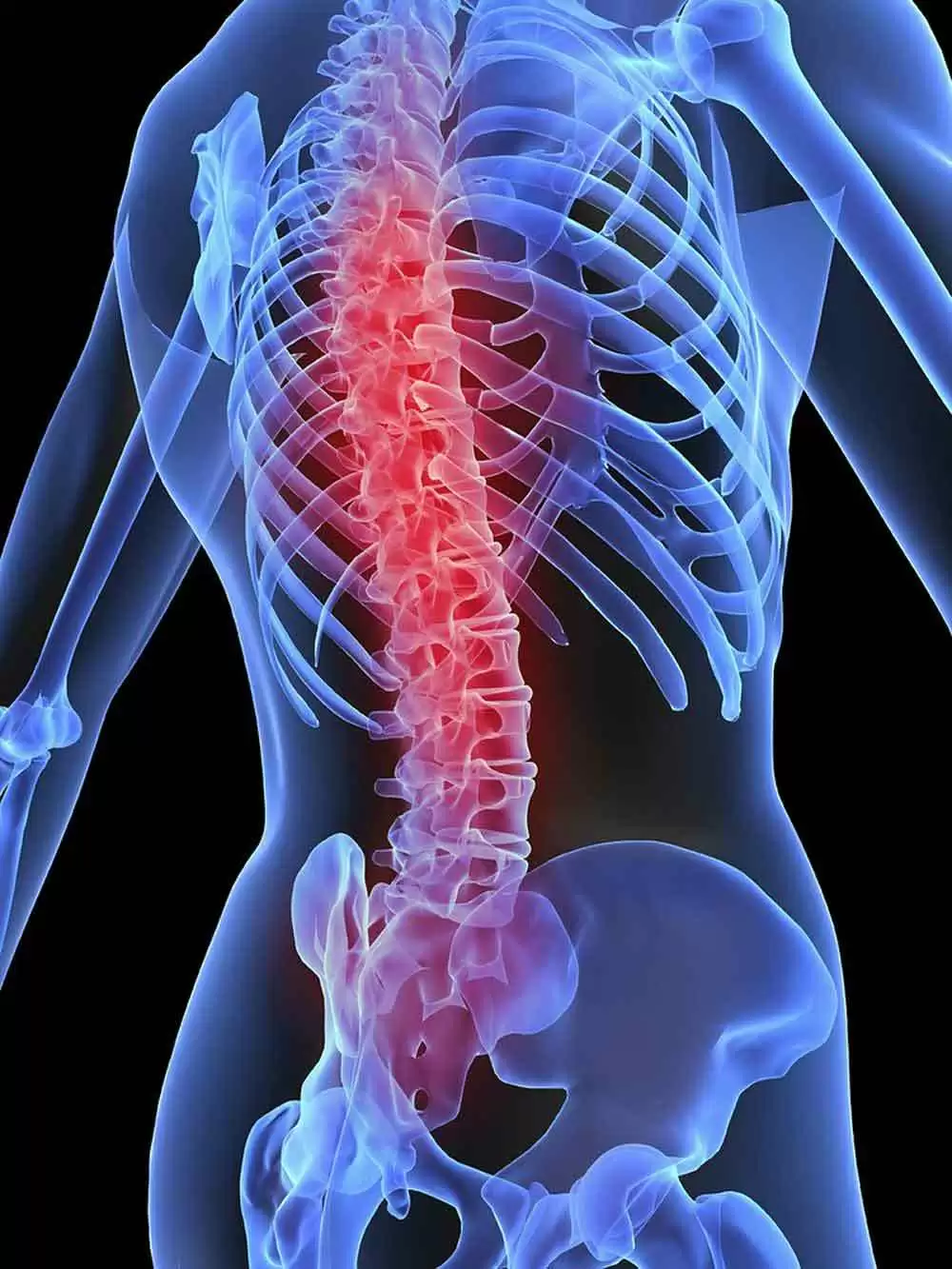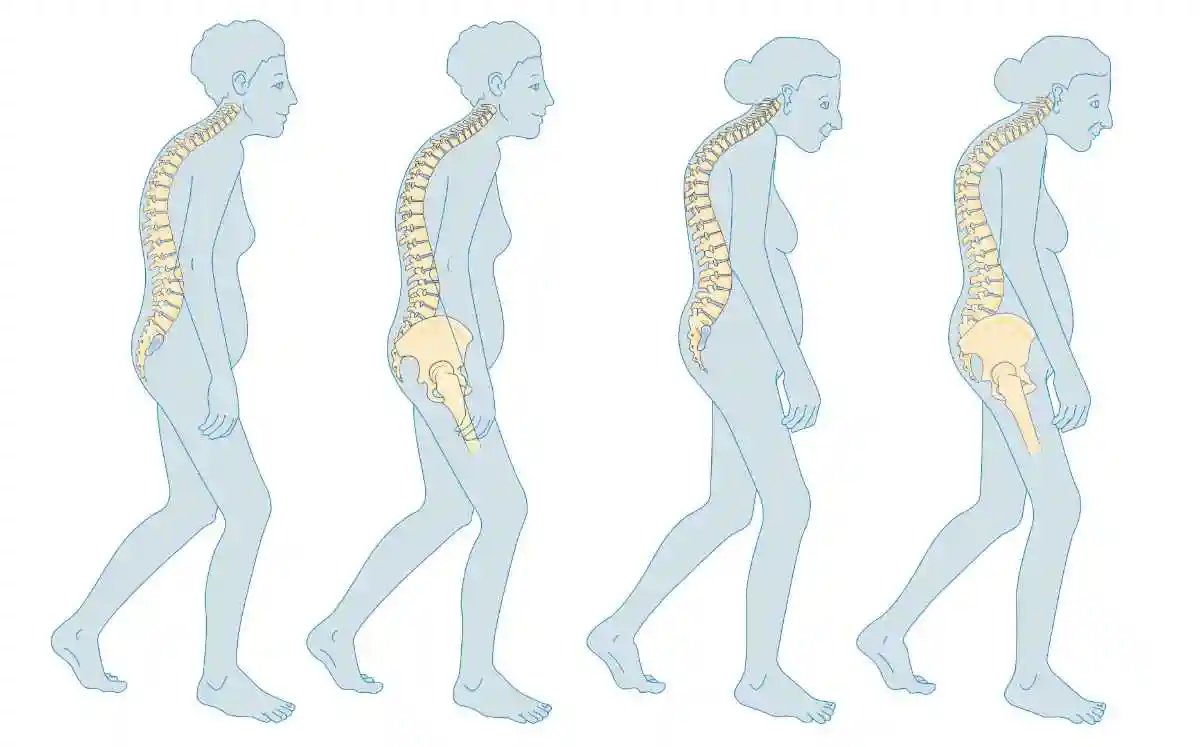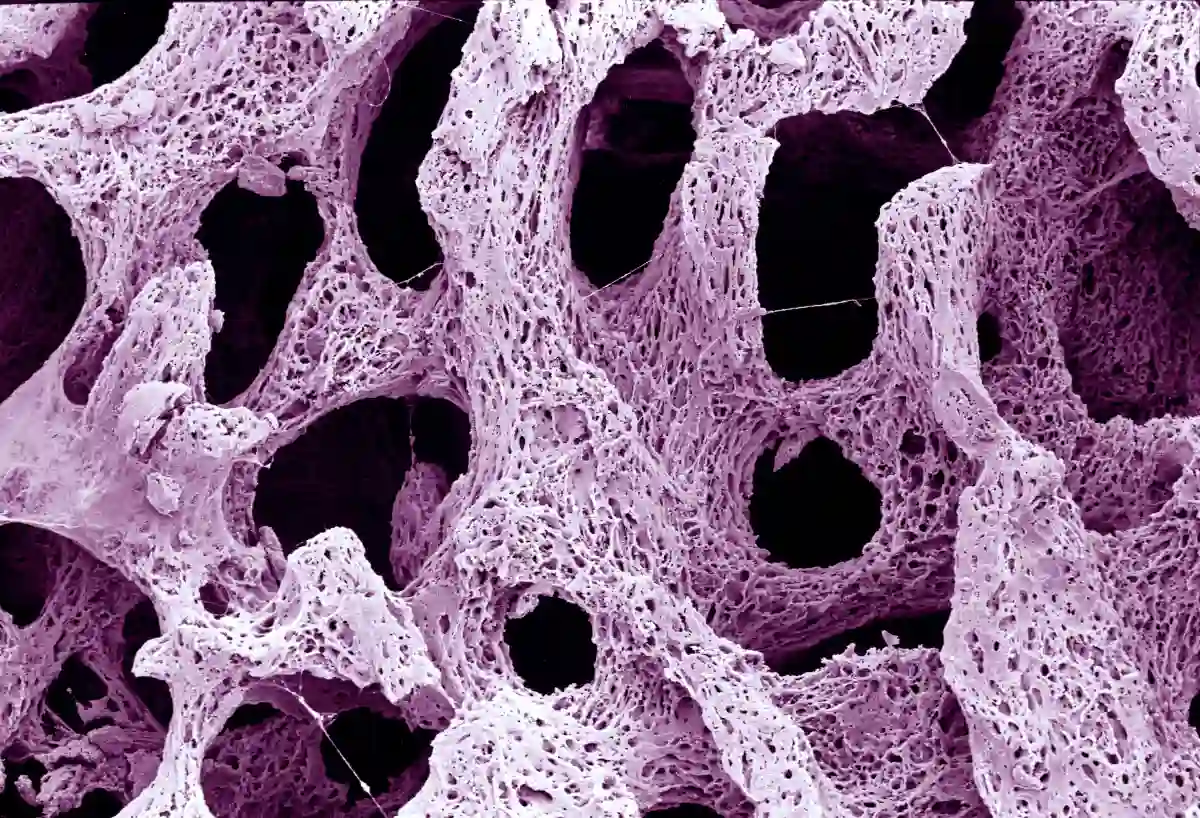Celiac.com 06/05/2025 - Osteoporosis, a condition where bones become weak and more prone to fractures, is a major health concern for people with celiac disease. Since fragile bones can lead to serious injuries, it is important to know when to start checking bone health in individuals with this autoimmune condition. This study aimed to find the best age to begin screening for osteoporosis among adults with celiac disease, helping doctors catch problems early and offer treatments that could prevent fractures.
How the Study Was Designed
Researchers carried out a cross-sectional study, which means they collected data from a large group of people at a single point in time. The participants were adults with newly diagnosed celiac disease who visited a specialized center between 2015 and 2020.
Celiac.com Sponsor (A12):
To focus specifically on how celiac disease affects bone health, the study excluded anyone with other risk factors that could confuse the results, such as smoking, menopause, steroid medication use, or endocrine problems. Only individuals 25 years or older were included.
At diagnosis, before starting a gluten-free diet, all participants had their bone density measured using a special scan called DXA. This scan focused on the lumbar spine (lower back), a common area affected by osteoporosis. Depending on the participant’s age and sex, either a T-score or Z-score was used to determine if their bone density was lower than expected.
Participants were grouped into four age ranges:
- 25–35 years old
- 35–45 years old
- 45–55 years old
- 55–70 years old
This grouping helped the researchers see how the risk of osteoporosis changed as patients got older.
Who Participated in the Study
The study included 199 adults diagnosed with celiac disease. About 28 percent were men and 72 percent were women. Their average age was around 39 years old. At the time of their diagnosis, roughly 24 percent of them already had osteoporosis affecting their lumbar spine.
Interestingly, women made up the majority of those with osteoporosis, but the difference between men and women was not found to be statistically significant. Other factors such as body weight, blood levels of vitamin D, and specific markers related to celiac disease also did not show strong differences between those with and without osteoporosis.
What the Results Showed
When the researchers compared the different age groups, they found that osteoporosis was not evenly distributed across all ages. People between 45 and 55 years old had a notably higher chance of having osteoporosis compared to those aged 25 to 35.
Even after considering other possible influences, such as sex, body weight, and blood sugar problems (like diabetes), the pattern stayed the same. Those aged 45–55 had about a 22 percent greater chance of osteoporosis than the youngest group studied.
There was also some suggestion that those older than 55 might be at higher risk, but this finding was not as strong once the researchers adjusted for other health factors.
Overall, no significant link was found between osteoporosis risk and factors like body mass index, presence of type 2 diabetes, or the severity of intestinal damage caused by celiac disease.
Understanding the Connection Between Age and Bone Health
The results suggest that middle age — specifically between 45 and 55 years old — is a crucial time when people with celiac disease become more vulnerable to bone weakening. Although bone loss can happen at any age, it seems to become significantly more likely during this middle age window for celiac patients.
This finding is important because early osteoporosis may not cause any symptoms until a fracture occurs. Routine bone screening beginning around age 45 could detect low bone density early and allow for treatments that help strengthen bones and prevent injuries.
Final Thoughts and Why This Matters for Celiac Disease
This study provides valuable information for anyone living with celiac disease. Even though many people with celiac disease focus on managing their diet to control digestive symptoms, it is equally important to pay attention to the long-term impacts of the disease on overall health — including bone health.
By recommending that bone density screenings begin at age 45 for people with celiac disease, this research offers a practical step toward preventing fractures and maintaining a better quality of life. This advice is especially meaningful because osteoporosis often develops silently, without obvious symptoms, until a major fracture occurs.
For patients and doctors alike, this study highlights the need for a more proactive approach to bone health in celiac disease management. Screening early means treatment can begin early, helping to prevent serious and even life-threatening complications.
Read more at: researchgate.net














Recommended Comments
There are no comments to display.
Create an account or sign in to comment
You need to be a member in order to leave a comment
Create an account
Sign up for a new account in our community. It's easy!
Register a new accountSign in
Already have an account? Sign in here.
Sign In Now